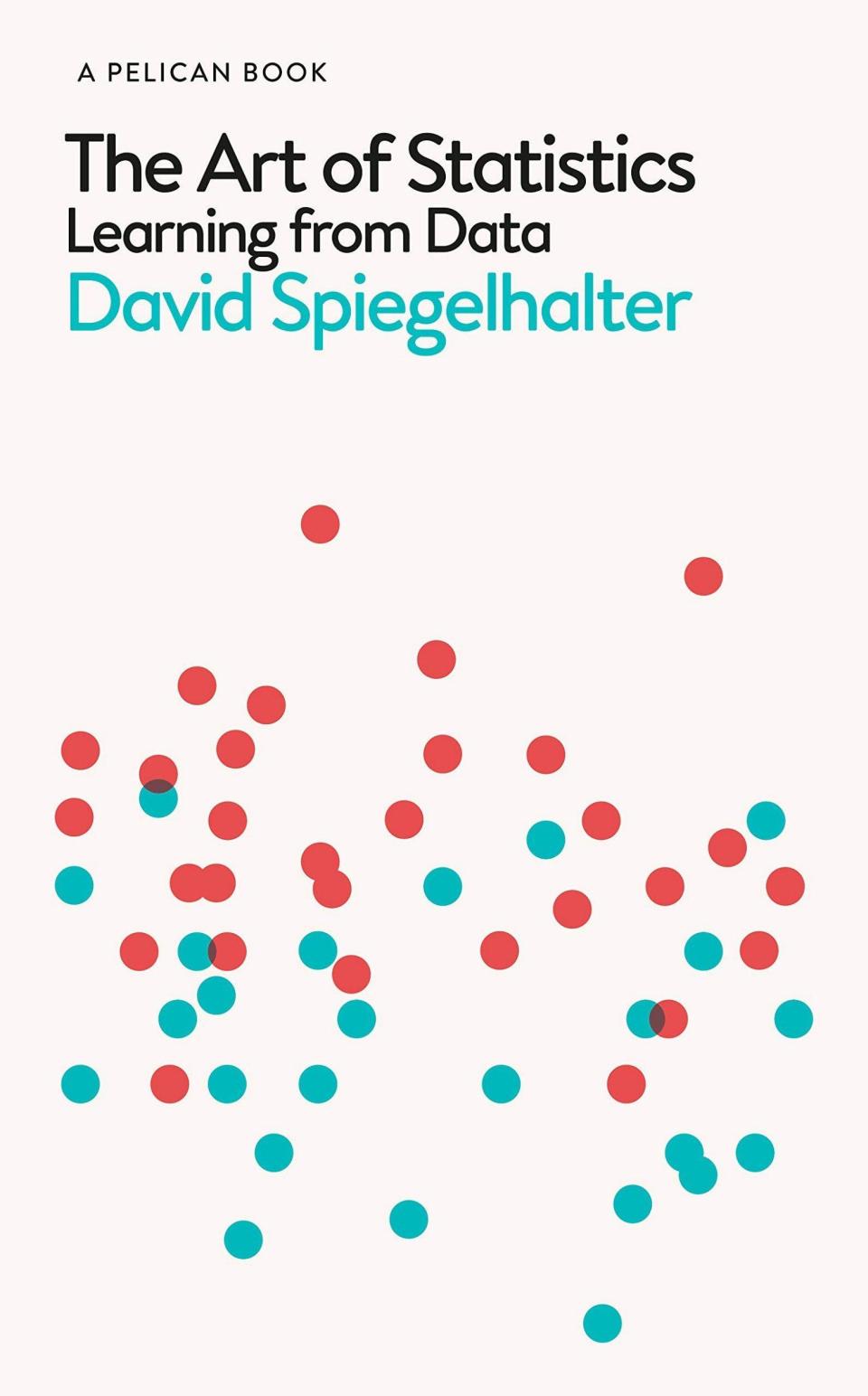A guide on how to see through the lies and damn lies
At the very end of this book about statistics, which is almost 400 pages long, the author, who is professor of the public understanding of risk at Cambridge University, says: “To put it bluntly, statistics can be difficult ... So congratulations for reaching the end.” He’s right. Statistics can be difficult. You might even say statistics are always problematic. And if you work your way through this book, you will have a very good idea of why this is the case.
Statistics can be misleading in many ways. Let’s take the example of bacon sandwiches. In 2015, Spiegelhalter tells us, the World Health Organisation classed processed meat as a “group 1 carcinogen”. Other things in this class include cigarettes and asbestos. I don’t smoke cigarettes because I know they’re dangerous. I’m terrified of asbestos. But bacon? One newspaper headline read: “Bacon, Ham and Sausages Have the Same Cancer Risk as Cigarettes, Warn Experts”.
Was this true? Well, the report stated that eating 50g of processed meat every day — in other words, a bacon sandwich — gave you an “increased risk of bowel cancer of 18 per cent”. Spiegelhalter shows us why this is not as worrying as it seems. About six per cent of people who don’t eat a bacon sandwich every day get bowel cancer. Regularly eating bacon adds 18 per cent to this risk — in other words, the risk of getting cancer if you eat bacon every day is six plus 18 per cent of six, which, when you add it up, is roughly seven per cent.
So eating bacon doesn’t make you 18 per cent more likely to get bowel cancer, which is a lot. It makes you one per cent more likely to get bowel cancer, which is a lot less.
People were alarmed because journalists had mistaken “relative” risk for “absolute” risk. When you see a statistic, you should be sure to check exactly where it’s come from, and where it’s been. Who discovered it, and how, and who has had their hands on it in the meantime.
There’s an interesting section on sexual partners. In surveys, men tend to declare larger numbers of encounters than women, even when the surveys are anonymous. Are men, or women, remembering their sex lives in-accurately? Are some people not telling the truth? For instance, do men like to boast, even when the boasting is secret? In a footnote, Spiegelhalter gives us what might be the answer. In one experiment, “women who were wired to a lie detector tended to admit to having had more partners than those guaranteed anonymity, whereas the effect was not found in men”. The participants didn’t know it but “the lie detector was fake”.
All of this contains an important lesson for pollsters: when people tell you things, you can’t always be sure that those things are true.

This is an excellent book. Spiegelhalter is great at explaining difficult ideas. I particularly like the way he describes, using diagrams, how graphs can be misleading. And he points out how, in a place such as London, the price of the average house is different from the average price of a house because the expensive houses are very expensive indeed. Yes, statistics can be difficult. But much less difficult if you read this book.
The Art of Statistics: Learning From Data by David Spiegelhalter (Pelican, £16.99)

 Yahoo News
Yahoo News 
